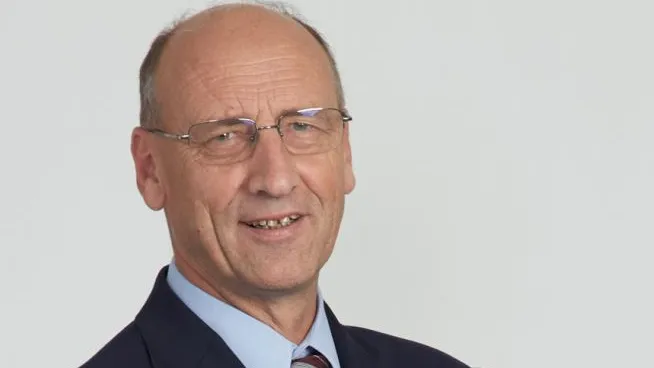
GDF SUEZ changes to ENGIE, takes the lead towards a cleaner energy environment
Structural changes are taking place in the energy market and ENGIE is already leading the way.
As the world moves towards a cleaner energy environment, ENGIE remains a prime mover in making the transition to being one of the largest power & gas producers in the world. 2015 was a pivotal year for the world’s energy stakeholders, as the 2015 United Nations Climate Change Conference (COP21) marked the beginning of structural changes in the way power companies do business.
At the COP21, nations agreed to targeting zero greenhouse emissions for the second half of the century, which means that power producers have huge changes to make in the way that they build their generation capacity.
ENGIE seeks to drive this movement forward through innovation of power & gas infrastructure technology and increasing of the Asia-Pacific business unit’s emphasis on large-scale renewable generation. At the helm is CEO Jan Flachet, a veteran of the energy sector with experience in Europe, Middle East, Latin America and Asia. Asian Power had the chance to speak to Mr. Flachet about the re-brand of GDF SUEZ, his outlook on the industry and his plans for the future of ENGIE Asia-Pacific.
Asian Power: GDF SUEZ has adopted a new name: ENGIE. What are the Group’s motives for this name change?
Jan Flachet: The world is shifting towards a new energy reality because of developments in technologies, as well as changes in people’s behaviour and attitude: they want to understand, manage, and in some cases, produce their own energy. The energy transition around the world is happening at a fast pace, and ENGIE takes
leadership in this movement. This new reality has prompted our Group to reorganize our businesses and to accelerate innovation, based on digitalisation, decarbonisation,
decentralisation and energy efficiency.
Our name change reflects our Group’s transformation and expresses our corporate ambition: to be the energy transition leader and the benchmark energy player in fast
growing markets. Our new name, ENGIE, is a powerful and easy name, through which we affirm that energy is everyone’s business: employees, shareholders, partners and customers. Collectively, we are the architects of the energy future; we are called upon to act together, to be optimistic, and to seek solutions that will improve people’s lives.
In addition to renaming our corporate name, we are also streamlining and simplifying our brand portfolio. In Thailand, for example, our operational company Glow will henceforth reflect a clearer connection to the Group in its logo. Also, our service businesses in Asia-Pacific, known as Cofely, will adopt the ENGIE brand. In streamlining our brand portfolio, we will increase our visibility towards our external stakeholders, and create a genuine spirit of belonging and unity internally.
Asian Power: How do you see Asia transitioning into the new energy world in view of COP21’s agreement?
Jan Flachet: The COP21 agreement shows that there is a worldwide political consensus for the need to reduce greenhouse gas (GHG) emissions. Asian governments have played an important role in achieving the agreement, such as The Philippines in its leadership role as the chair of the Climate Vulnerable Forum, pushing successfully for the inclusion of a 1.5 degree goal rather than a 2 degree one. Indonesia and Thailand, whose combined GHG emissions represent 70% of ASEAN’s total emissions, have committed to reducing 29% and 20% respectively of their emissions by 2030.
Apart from the political will, there are also important economic drivers for Asia and the Pacific to transition to clean energy. Ongoing economic growth, the strong urbanization trend, a growing middle class and a young population will drive a spectacular increase in the energy demand.Today, cutting GHG emission no longer equals restricting future growth potential.
There will not be just one solution, but a mix of solutions, including solar, geothermal, wind, biomass, gas and decentralised generation. Diversifying the energy mix will be
critical for Asia’s economic growth outlook and the private sector will play a crucial role to implement the energy transition. New, disruptive technologies will positively affect the uptake of large-scale renewable energy solutions, as prices drop below those of traditional channels of supply.
With decentralized generation and storage systems available at increasingly affordable cost, micro grids will become a more frequent feature in rural areas, bypassing the need for large connection infrastructure. In addition, innovation in battery storage has helped overcome intermittency problems that were the main barrier for wide deployment of solar and wind power.
Moreover, the digital revolution will have significant consequences on the control and optimization of energy systems. Whereas micro grids can substitute the need for
costly transmission infrastructure in rural areas, smart grids will replace traditional one-way transmission and distribution grids in urban centers. Distributed generation will complement centralized generation as consumers also become generators. Smart grids will have the potential to optimize the supply and demand in every minute at every location, while shaving peakcapacity demand in this participative energy system.
Asian Power: What are ENGIE’s ambitions for Asia?
Jan Flachet: Our strategy for Asia is in line with our Group’s global ambitions, and focuses on decarbonisation, decentralization, digitalization and energy efficiency. Thanks to our global expertise across the energy and gas value chains, we are well-positioned to develop large-scale power and gas infrastructure, and thus securing the energy supply that is critical to Asia’s economic expansion. Furthermore, the region’s renewable energy potential holds promising prospects, and our technical capabilities and experience can be applied to maximize the output and return on investment. In addition, our energy services businesses have growth opportunities for energy efficiency services as
many Asian countries currently consume more than twice the amount of energy per unit of GDP than the OECD average.
And last but not least, our Group can bring in solutions to megacities that will help them to cope with the impacts of rapid urbanization.
Asian Power: How do you plan to achieve these goals and what do you consider the key success factors?
Jan Flachet: Not only is our business offer changing, so is the way we do business. Through creating stronger roots locally, and becoming a multi-local group, we will enhance our dialogue with our customers and stakeholders, with the aim to cocreate solutions and to design energy solutions for the future.
In an entrepreneurial spirit, we aim to innovate with a digital and energy mix, showcasing the most modern technologies.
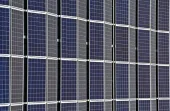


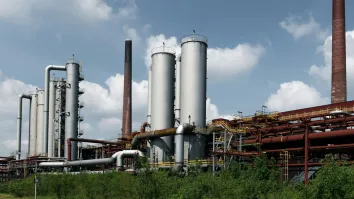
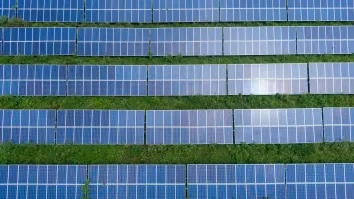
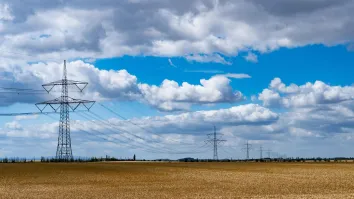













 Advertise
Advertise






